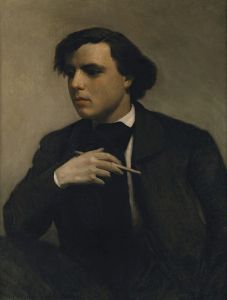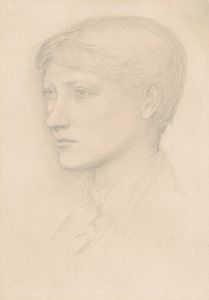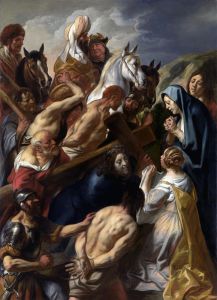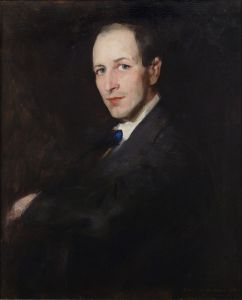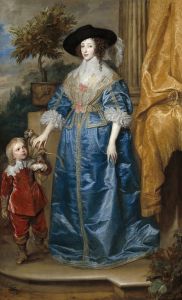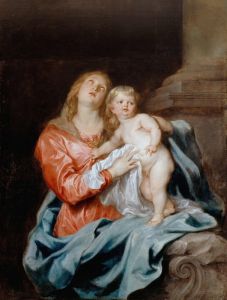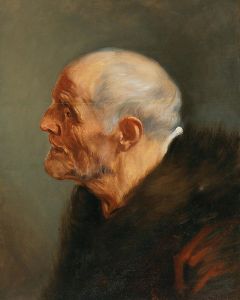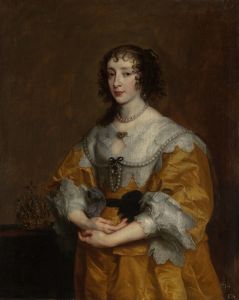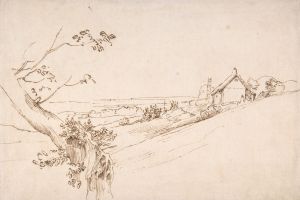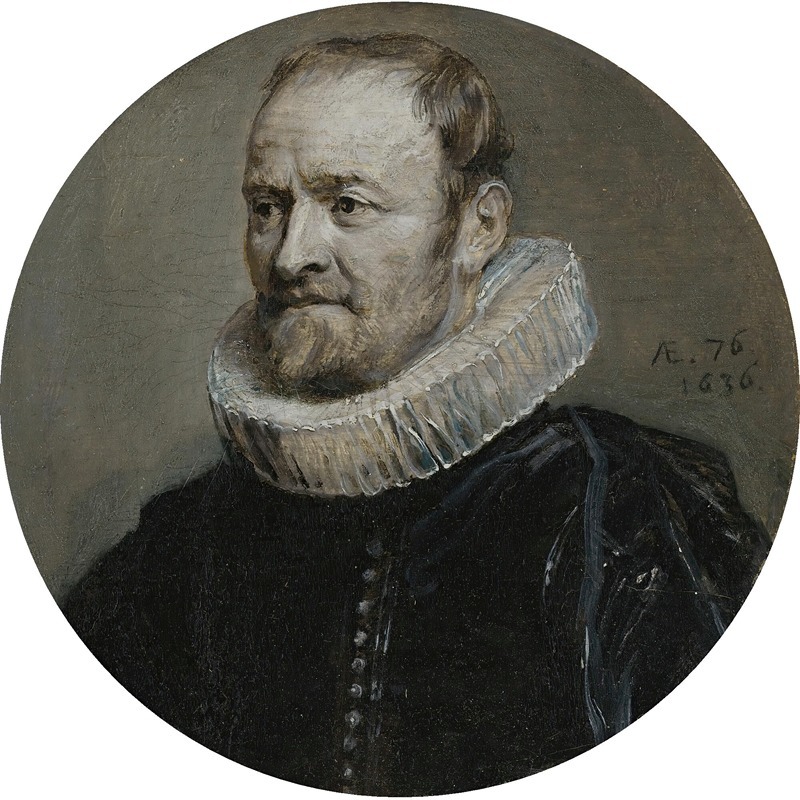
Portrait Of Nicholas Rockox
A hand-painted replica of Anthony van Dyck’s masterpiece Portrait Of Nicholas Rockox, meticulously crafted by professional artists to capture the true essence of the original. Each piece is created with museum-quality canvas and rare mineral pigments, carefully painted by experienced artists with delicate brushstrokes and rich, layered colors to perfectly recreate the texture of the original artwork. Unlike machine-printed reproductions, this hand-painted version brings the painting to life, infused with the artist’s emotions and skill in every stroke. Whether for personal collection or home decoration, it instantly elevates the artistic atmosphere of any space.
"Portrait of Nicholas Rockox" is a painting by the Flemish Baroque artist Anthony van Dyck. This artwork is a notable example of van Dyck's portraiture, which was highly influential during the 17th century. Anthony van Dyck, born in 1599 in Antwerp, was a prominent painter who became known for his refined and elegant style, particularly in portraiture. He was a leading artist of the Baroque period and served as the court painter for King Charles I of England.
Nicholas Rockox, the subject of this portrait, was a significant figure in Antwerp during the early 17th century. Born in 1560, Rockox was a prominent politician, humanist, and art patron. He served as the mayor of Antwerp multiple times and was known for his contributions to the cultural and intellectual life of the city. Rockox was also a close friend and patron of Peter Paul Rubens, another leading artist of the time, and his support extended to other artists, including Anthony van Dyck.
The "Portrait of Nicholas Rockox" is believed to have been painted around 1621, during a period when van Dyck was actively working in Antwerp. The painting depicts Rockox in a dignified and composed manner, reflecting his status and personality. Van Dyck's skillful use of light and shadow, as well as his attention to detail, are evident in this work. The portrait captures Rockox's features with great precision, highlighting his thoughtful expression and the fine textures of his clothing.
Van Dyck's portraits are characterized by their elegance and the psychological depth with which he portrayed his sitters. In the "Portrait of Nicholas Rockox," these qualities are clearly visible. The painting not only serves as a representation of Rockox's appearance but also conveys a sense of his character and social standing. The background of the portrait is relatively simple, ensuring that the focus remains on the subject.
The "Portrait of Nicholas Rockox" is housed in the Royal Museum of Fine Arts in Antwerp, Belgium. This museum holds a significant collection of works from the Flemish Baroque period, and van Dyck's portrait of Rockox is one of its highlights. The painting is an important example of van Dyck's early work and provides insight into the artist's development and the cultural milieu of Antwerp during the early 17th century.
Anthony van Dyck's contributions to portraiture had a lasting impact on the art world, influencing subsequent generations of artists. His ability to capture the essence of his subjects with grace and sophistication remains highly regarded. The "Portrait of Nicholas Rockox" stands as a testament to van Dyck's talent and the enduring legacy of his work.





